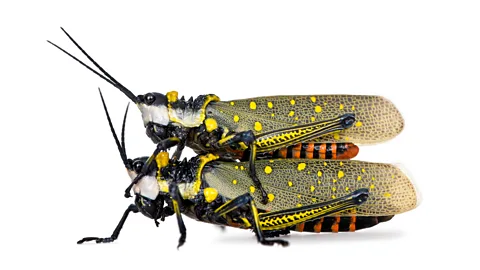A new review article published in the journal Ecology and Evolution has shown that temperature affects colouring in insects which in turn can affect their ability to mate.
However, scientists say that they are still trying to work out what will happen to insects’ sex lives now that human-induced climate breakdown is raising temperatures to unprecedented levels.
“On the one hand, we could be rejoicing, saying: how are the insects? They are responding to climate change. We don’t have to worry about them,” said Mariella Herberstein, a behavioural ecologist at Macquarie University in Sydney, Australia, who is one of the authors of the study.
“And then we could wake up the next day going: Oh, damn – they can’t find each other any more because they have lost really important identification colours that help them find a mate.”
Read also: Report: Floods fuelled 19% drop in income from farming in England in 2023
Herberstein said that the prevailing theory among scientists is that when temperatures increase, insects largely evolve to produce less of the melanin pigment that regulates their hue, becoming lighter and brighter in colour. That is because darker objects absorb more heat and heat up quicker, while lighter objects reflect more incoming irradiation and can stay cooler for longer.
For example, the wing colours of the Mead’s sulphur butterflies of the North American mountains have faded over time as temperatures have risen – their shimmery, sulphur yellow wings paler, according to a 2016 study.
Between the 1980s and the 2000s, it became increasingly less likely for the two-spotted ladybug to be black with red spots rather than red with black spots. The dark spots on the back of the similarly patterned subarctic leaf beetle have also decreased as springs get warmer.
Story was adapted from the Guardian.
